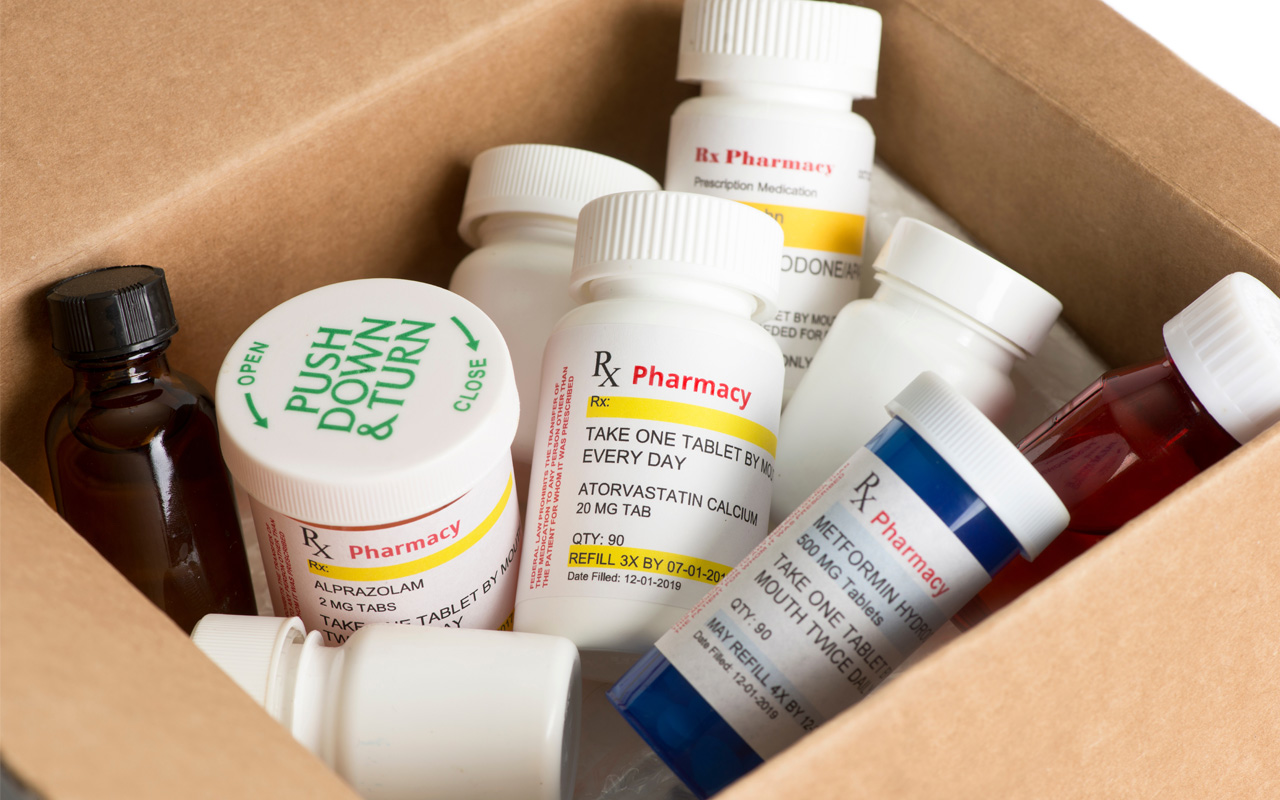

Articles
How To Store Pill Bottles
Modified: January 18, 2024
Discover effective methods for storing pill bottles in this informative article. Learn how to properly organize and preserve your medications for optimal safety and convenience.
(Many of the links in this article redirect to a specific reviewed product. Your purchase of these products through affiliate links helps to generate commission for Storables.com, at no extra cost. Learn more)
Introduction
Pill bottles are essential for storing medications, vitamins, and supplements. Proper storage of these pill bottles is crucial to ensure the potency and effectiveness of the medications, as well as to prevent contamination and safety hazards. In this article, we will explore the importance of proper pill bottle storage, as well as provide practical tips for choosing the right storage location, organizing medication types, labeling and identifying pill bottles, utilizing pill organizers, considering temperature and humidity conditions, securing pill bottles for safety, and regularly checking and maintaining pill bottles.
When it comes to storing pill bottles, it goes beyond just finding an available space. It is crucial to consider various factors to maintain the quality and integrity of the medications.
So, let’s delve into the world of efficient pill bottle storage, and discover the best practices for keeping your medications safe and effective.
Key Takeaways:
- Proper pill bottle storage is crucial for maintaining medication potency, preventing contamination, and promoting medication adherence. Choose the right storage location, organize by medication type, and utilize pill organizers for effective storage.
- Regularly checking and maintaining pill bottles is essential for ensuring medication safety and effectiveness. Check expiration dates, secure pill bottles, and consult with your pharmacist for proper storage guidelines.
Read more: How To Store Pills
Importance of Proper Pill Bottle Storage
Proper pill bottle storage is more than just a matter of organization. It plays a vital role in maintaining the effectiveness and safety of your medications. Here are a few reasons why proper pill bottle storage is essential:
- Preserving Medication Potency: Medications can lose their potency when exposed to improper storage conditions such as light, heat, humidity, or extreme temperatures. By storing pill bottles correctly, you can help preserve the effectiveness of your medications, ensuring they deliver the desired therapeutic effects.
- Preventing Contamination: Pill bottles provide a protective barrier between the medications and the external environment. Properly sealed pill bottles help prevent contaminants like dust, moisture, and air from entering, which can degrade the medication’s quality and safety.
- Ensuring Medication Safety: Proper storage of pill bottles is essential to protect children and pets from accidentally ingesting medications. Storing pill bottles out of reach and in childproof containers can reduce the risk of accidental ingestion and promote a safe environment.
- Promoting Medication Adherence: Keeping your pill bottles organized and easily accessible can help you stay on track with your medication regimen. When your pill bottles are stored in an orderly manner, it becomes easier to remember to take your medications as prescribed.
- Preventing Medication Mix-ups: By organizing pill bottles by medication type and labeling them correctly, you can prevent confusion and reduce the risk of taking the wrong medication. This can be especially important if you are managing multiple medications.
By understanding the importance of proper pill bottle storage, you can take the necessary steps to ensure the quality, safety, and effectiveness of your medications. In the following sections, we will explore various practical tips and guidelines for storing pill bottles correctly.
Choosing the Right Storage Location
When it comes to storing pill bottles, it is essential to choose the right location to maintain the efficacy and safety of your medications. Here are some factors to consider when selecting a storage location:
- Avoid Direct Sunlight: Sunlight can degrade medications and decrease their effectiveness. Choose a storage location away from direct sunlight, such as a cabinet or drawer.
- Keep Away from Heat Sources: Exposing medications to heat can also affect their potency. Avoid storing pill bottles near radiators, ovens, or other heat sources.
- Consider Temperature Stability: Temperature fluctuations can impact the stability of medications. Choose a storage location that maintains a stable room temperature, avoiding areas prone to extreme heat or cold, like the bathroom or near windows.
- Ensure Proper Ventilation: Adequate airflow is important to prevent moisture buildup and maintain the integrity of medications. Avoid storing pill bottles in airtight containers or areas with poor ventilation.
- Keep Out of Reach of Children: Store pill bottles in a location that is out of reach of children to prevent accidental ingestion. Consider using childproof locks or storing medications in a high cabinet or drawer.
- Consider Privacy: If you have household members or visitors who should not have access to your medications, choose a storage location that provides privacy and keeps your pill bottles out of sight.
Remember, the chosen storage location should meet the necessary conditions to protect your medications from heat, light, humidity, and other environmental factors that can compromise their quality. By selecting an appropriate storage location, you can ensure the longevity and effectiveness of your medications.
Organizing Pill Bottles by Medication Type
Organizing your pill bottles by medication type is not only a practical approach but also a crucial step in ensuring medication safety and adherence. Here are some tips for organizing your pill bottles effectively:
- Sort Medications: Start by sorting your pill bottles based on the type of medication, such as prescription medications, over-the-counter medications, vitamins, or supplements. This will help you identify and locate specific medications easily.
- Use Separate Containers: Consider using separate containers or bins for each medication category. This can help minimize confusion, prevent mix-ups, and make it easier to access the specific medication you need.
- Label Each Container: Label each container or bin with the name of the medication category it contains. Clear labels make it easier to identify and retrieve the desired medication quickly, especially if you are managing multiple medications.
- Arrange in Order: Within each medication category, you can further organize the pill bottles alphabetically or based on frequency of use. This arrangement can make it simpler to locate specific medications and maintain a systematic approach to medication management.
- Consider Accessibility: If you have medications that need to be taken at specific times of the day, consider placing those pill bottles in a more accessible location, such as a daily pill organizer or a designated area in your medicine cabinet.
- Review and Remove Expired Medications: Regularly review your pill bottles and remove any expired medications. This helps you maintain a clutter-free and up-to-date medication collection, reducing the chance of accidentally taking expired medications.
By organizing your pill bottles by medication type, you not only streamline the process of finding and accessing your medications but also reduce the risk of confusion and medication errors. This approach promotes medication adherence and ensures that you are taking the right medications at the right time.
Labeling and Identifying Pill Bottles
Properly labeling and identifying your pill bottles is essential for maintaining medication safety and preventing confusion. Here are some tips to help you label and identify your pill bottles effectively:
- Clearly Write Medication Names: When labeling your pill bottles, make sure to write the medication names in clear and legible handwriting. Use a permanent marker or adhesive labels to ensure the labels are durable and won’t smudge or fade over time.
- Include Dosage Instructions: Alongside the medication name, it’s helpful to include the dosage instructions on the label. This could include information such as the recommended dosage, frequency of use, and any specific administration instructions.
- Specify Expiration Dates: Include the expiration date of the medication on the label. This helps you easily identify when a medication is no longer safe to use and should be discarded.
- Add Physician or Pharmacy Information: Consider including the name of the prescribing physician or the contact information of the pharmacy on the pill bottle label. This can be helpful in case you need to contact them for any questions or concerns regarding the medication.
- Use Color-Coding: To quickly identify different medications or to differentiate between morning, afternoon, and evening doses, you can consider using color-coded labels or markers. This can provide an extra visual cue to help with organization and identification.
- Consider Braille Labels: If you or someone in your household is visually impaired, consider using Braille labels on the pill bottles. This can enhance accessibility and ensure that medication information is easily accessible to everyone.
- Take Photos or Keep a Medication List: For added convenience and easier identification, you can take photos of the pill bottles and save them in a digital folder or create a printed medication list. This can be helpful for travel or when consulting with healthcare professionals.
By labeling and identifying your pill bottles accurately, you can minimize the risk of medication errors, ensure proper use, and make it easier to communicate about your medications with healthcare professionals or caregivers.
Store pill bottles in a cool, dry place away from direct sunlight and moisture. Keep them out of reach of children and pets, and make sure to check the expiration dates regularly.
Read more: How To Store Birth Control Pills
Utilizing Pill Organizers
Pill organizers, also known as pill boxes or pill cases, are valuable tools for managing medications and promoting medication adherence. Here are some tips on how to effectively utilize pill organizers:
- Choose the Right Pill Organizer: There are various types of pill organizers available, including daily, weekly, and monthly organizers. Select the one that best suits your medication regimen and personal preferences.
- Sort Medications in Advance: Take the time to plan and sort your medications in the pill organizer in advance. This allows you to easily see if any doses have been missed and helps you stay on track with your medication schedule.
- Follow the Labeling System: Use the labels, numbers, or compartments provided by the pill organizer to designate specific medications and doses. This helps prevent confusion and ensures that you take the correct medication at the right time.
- Set Reminders: If you tend to forget to take your medications, consider setting reminders on your phone or using medication reminder apps. These reminders can help you remember to refill your pill organizer and take your medications as scheduled.
- Take Portable Pill Organizers with You: If you are frequently on the go or travel often, consider using portable pill organizers or travel-sized containers. These compact organizers allow you to carry your medications conveniently, ensuring you stay on top of your medication regimen even while away from home.
- Review and Refill Regularly: It is important to review and refill your pill organizer on a regular basis. This ensures that you have an adequate supply of medications and reduces the risk of running out unexpectedly.
- Keep Out of Reach of Children: If you have children in the household, make sure to store the pill organizers in a safe and secure location, out of their reach. Childproof locks can be used if necessary to provide an additional layer of safety.
- Keep Organizers Clean: Regularly clean your pill organizers to prevent the buildup of dirt, residue, or bacteria. Wash them thoroughly with soap and water, and let them dry completely before refilling them with medications.
By utilizing pill organizers effectively, you can simplify the process of managing multiple medications, improve medication adherence, and reduce the chances of missed doses or medication errors.
Considering Temperature and Humidity Conditions
Temperature and humidity conditions play a critical role in maintaining the effectiveness and stability of medications. Here are some factors to consider when it comes to storing pill bottles in proper temperature and humidity conditions:
- Avoid Extreme Temperatures: High temperatures can cause medications to degrade, while freezing temperatures can affect their chemical composition. Avoid storing pill bottles in areas prone to extreme temperatures, such as near heaters, in the car, or in the freezer.
- Keep Medications at Room Temperature: Most medications are designed to be stored at room temperature (around 68-77°F or 20-25°C). Storing pill bottles in a cool, dry place, away from direct sunlight or heat sources, helps maintain their effectiveness.
- Consider Refrigeration for Specific Medications: Some medications, such as certain antibiotics or insulin, may require refrigeration to maintain their stability. Always check the storage instructions on the medication label or consult with your pharmacist for specific refrigeration requirements.
- Avoid Humid Environments: Humidity can affect the chemical composition and stability of medications. Avoid storing pill bottles in humid areas like the bathroom, where moisture levels are typically high. Instead, opt for dry storage areas such as a medicine cabinet or pantry.
- Protect Medications from Moisture: To further protect your pill bottles from moisture, consider using airtight containers or desiccant packs. Desiccant packs help absorb excess moisture and maintain a dry environment within the container.
- Consider Travel Conditions: When traveling, be mindful of temperature and humidity conditions, especially when carrying medications in your luggage. Extreme temperatures in the cargo hold or a hot car can impact the effectiveness of medications. Take necessary precautions, such as using insulated bags or coolers, to maintain optimal storage conditions during travel.
By considering temperature and humidity conditions, you can ensure that your medications remain safe, effective, and stable for their intended shelf life. Always refer to the medication’s packaging or consult with your healthcare provider or pharmacist for specific storage recommendations.
Securing Pill Bottles for Safety
Securing pill bottles is crucial for ensuring medication safety, especially in households with children or pets. Here are some tips to help you properly secure your pill bottles:
- Use Childproof Containers: Select pill bottles that come with childproof caps or lids. These safety features require a specific action or combination to open, making it more difficult for children to access the medications.
- Store Out of Reach: Keep pill bottles stored in a high, secure location that is out of the reach of children and pets. Consider using locked cabinets or drawers to provide an additional layer of protection.
- Be Mindful of Portable Pill Organizers: If you use portable pill organizers, ensure that they are securely closed and stored in a safe place when not in use. Avoid leaving them within reach of children or pets, as the compartments can be easily opened.
- Communicate with Children: Teach children about the importance of medication safety and the potential risks associated with consuming medications without permission. Make sure they understand that medications are to be taken only under adult supervision.
- Dispose of Medications Properly: Safely dispose of unused or expired medications to prevent accidental ingestion. Follow the guidelines recommended by local pharmacies or community programs for safe medication disposal.
- Inform Houseguests and Visitors: When hosting guests in your home, inform them about the importance of keeping medications secure and out of reach of children. Request that they store their medications in a safe location during their stay to avoid any accidental access by curious little hands.
- Consider Medication Lockboxes: If you need an extra level of security, consider using medication lockboxes. These lockable containers are specifically designed to store medications safely and can help prevent unauthorized access.
- Keep Emergency Hotline Numbers Handy: In case of accidental ingestion or any other medication-related emergencies, post emergency hotline numbers, such as the local poison control center, in a visible location. Be prepared to act quickly and follow their instructions if needed.
By properly securing your pill bottles, you can minimize the risk of accidental ingestion, promote a safe home environment, and ensure the well-being of your loved ones.
Regularly Checking and Maintaining Pill Bottles
To ensure the safety and effectiveness of your medications, it is important to regularly check and maintain your pill bottles. Here are some essential practices to follow:
- Check Expiration Dates: Regularly inspect your pill bottles for expired medications. Medications beyond their expiration dates may lose their potency or, in some cases, become harmful. Discard any medications that are expired or nearing their expiration dates.
- Ensure Proper Sealing: Make sure that the pill bottle caps or lids are tightly sealed to prevent moisture, air, or contaminants from entering. A secure seal helps maintain the quality and integrity of the medications.
- Inspect for Damage: Regularly inspect the pill bottles for any signs of damage, such as cracks or chips. Damaged pill bottles may compromise the effectiveness or safety of the medications. If you notice any damage, transfer the medications to a new, undamaged container.
- Check for Changes in Color or Smell: Examine the medications for any changes in color, texture, or smell. If you notice any unusual changes, consult with your pharmacist or healthcare provider to ensure the medications are still safe to use.
- Organize and Replenish Supplies: Take the time to reorganize and replenish your pill bottles to ensure you have an adequate supply of medications. This can help prevent any interruptions or missed doses of important medications.
- Avoid Mixing Medications: Check for any mixed or misplaced medications in your pill bottles. Mixing medications can lead to confusion and potential medication errors. Keep each medication in its dedicated pill bottle to maintain clarity and prevent mix-ups.
- Store Medications Properly: Regularly assess the storage conditions of your medication. Ensure that the pill bottles are stored in a cool, dry place, away from direct sunlight, heat sources, humidity, and moisture. Proper storage helps maintain the effectiveness of the medications.
- Be Mindful of Interactions: Keep track of any potential medication interactions. If you start a new medication or have changes to your medication regimen, review your existing pill bottles to ensure there are no contraindications or adverse interactions between medications.
- Consult with your Pharmacist: If you have any questions or concerns about your medications or the condition of your pill bottles, don’t hesitate to consult with your pharmacist. They can provide valuable guidance on proper storage, expiration dates, and medication safety.
By regularly checking and maintaining your pill bottles, you can ensure the integrity and effectiveness of your medications, minimize risks, and promote your overall health and well-being.
Read more: How To Store Bottles
Conclusion
Proper storage of pill bottles is essential for maintaining the effectiveness, safety, and integrity of medications. By following the tips and guidelines outlined in this article, you can ensure that your medications remain potent and free from contamination. Here’s a summary of the key points discussed:
- Proper pill bottle storage helps preserve medication potency and prevent contamination.
- Choose a storage location that protects medication from sunlight, extreme temperatures, and humidity.
- Organize pill bottles by medication type for easy identification and accessibility.
- Label pill bottles clearly with medication names, dosage instructions, and expiration dates.
- Utilize pill organizers to simplify medication management and improve adherence.
- Consider temperature control and avoid storing medications in humid environments.
- Take precautions to secure pill bottles, especially in households with children or pets.
- Regularly check and maintain pill bottles for expiration dates, damage, and proper sealing.
By implementing these practices, you can ensure that your medications remain effective, safe, and readily available when needed. Remember to consult with your healthcare provider or pharmacist for specific storage recommendations for each medication. With proper pill bottle storage, you can prioritize your health and well-being.
Frequently Asked Questions about How To Store Pill Bottles
Was this page helpful?
At Storables.com, we guarantee accurate and reliable information. Our content, validated by Expert Board Contributors, is crafted following stringent Editorial Policies. We're committed to providing you with well-researched, expert-backed insights for all your informational needs.
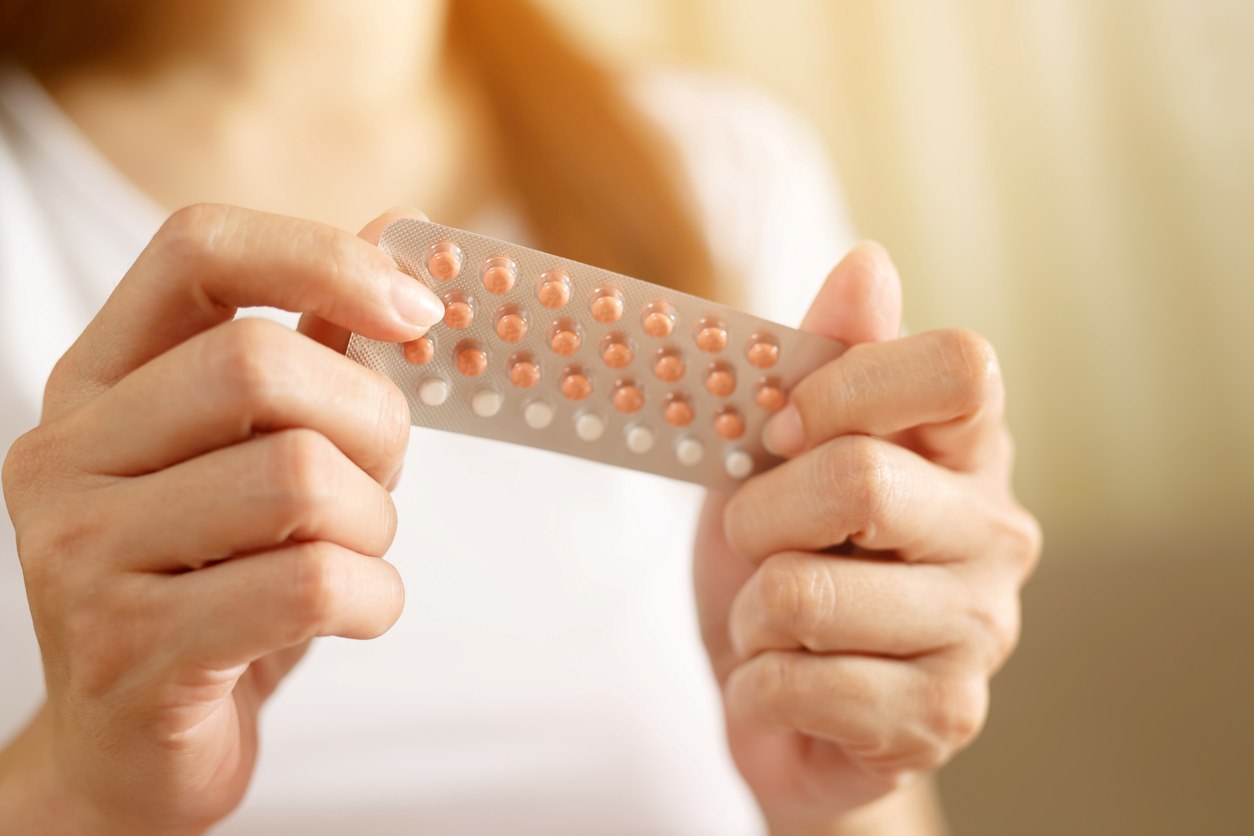
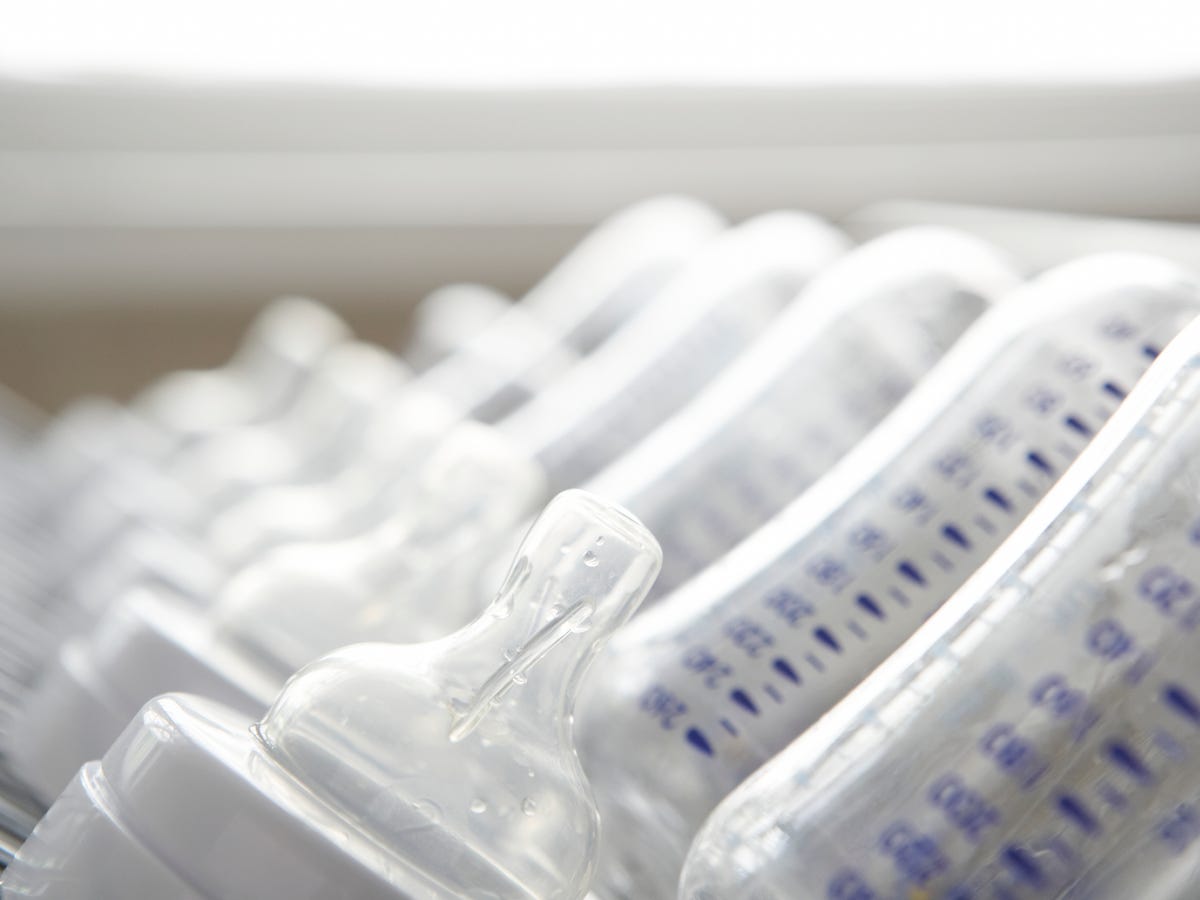
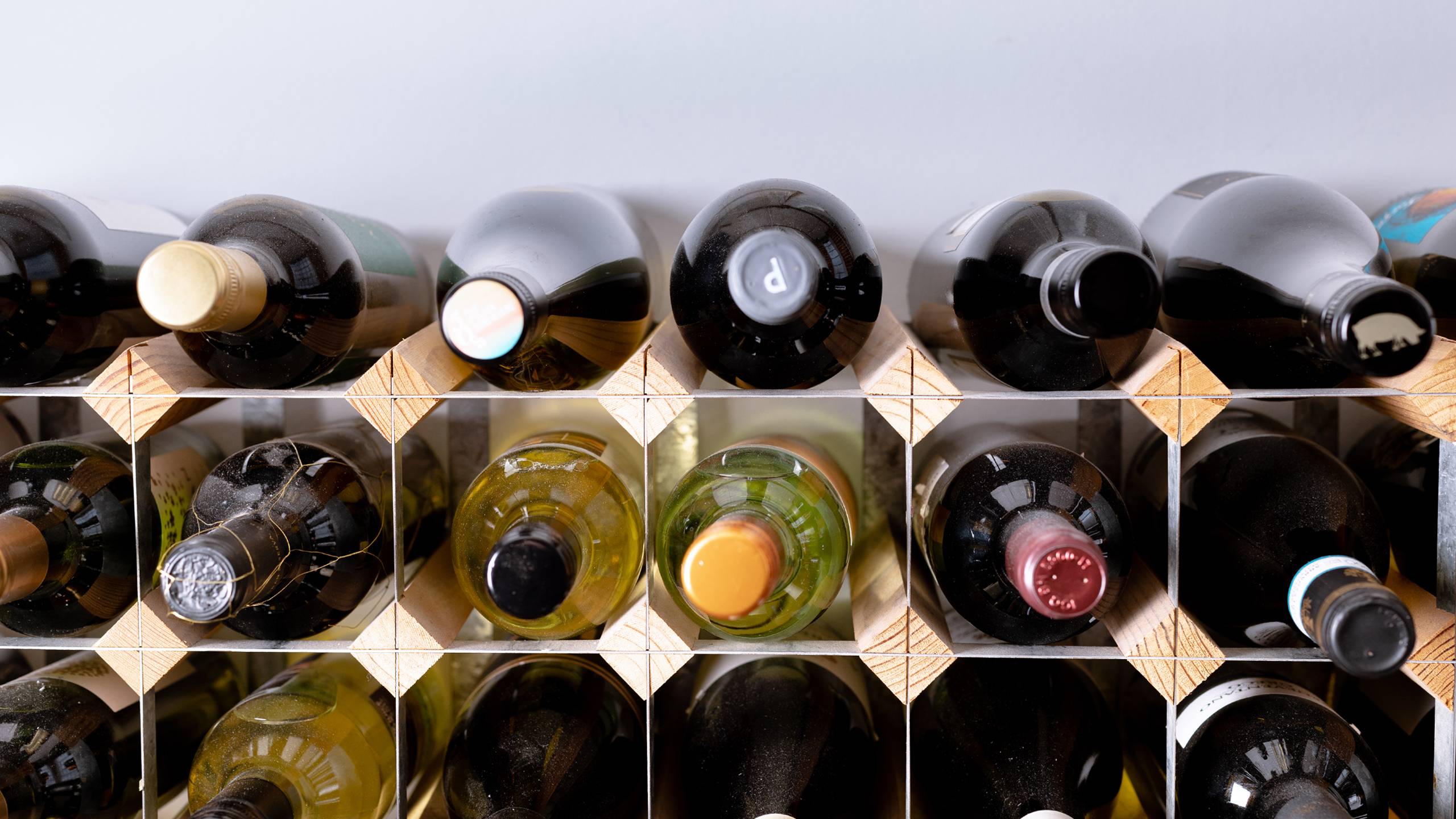
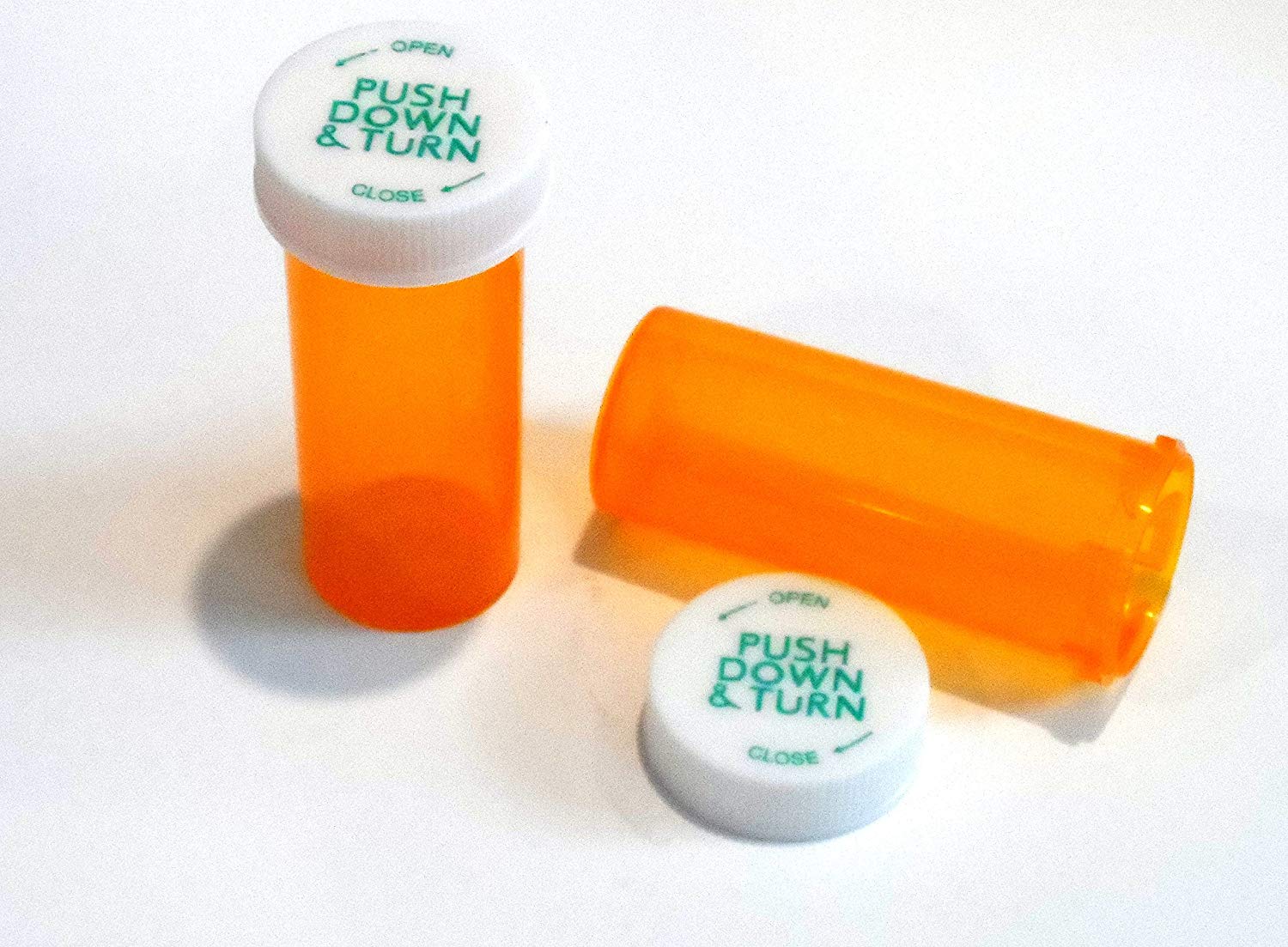
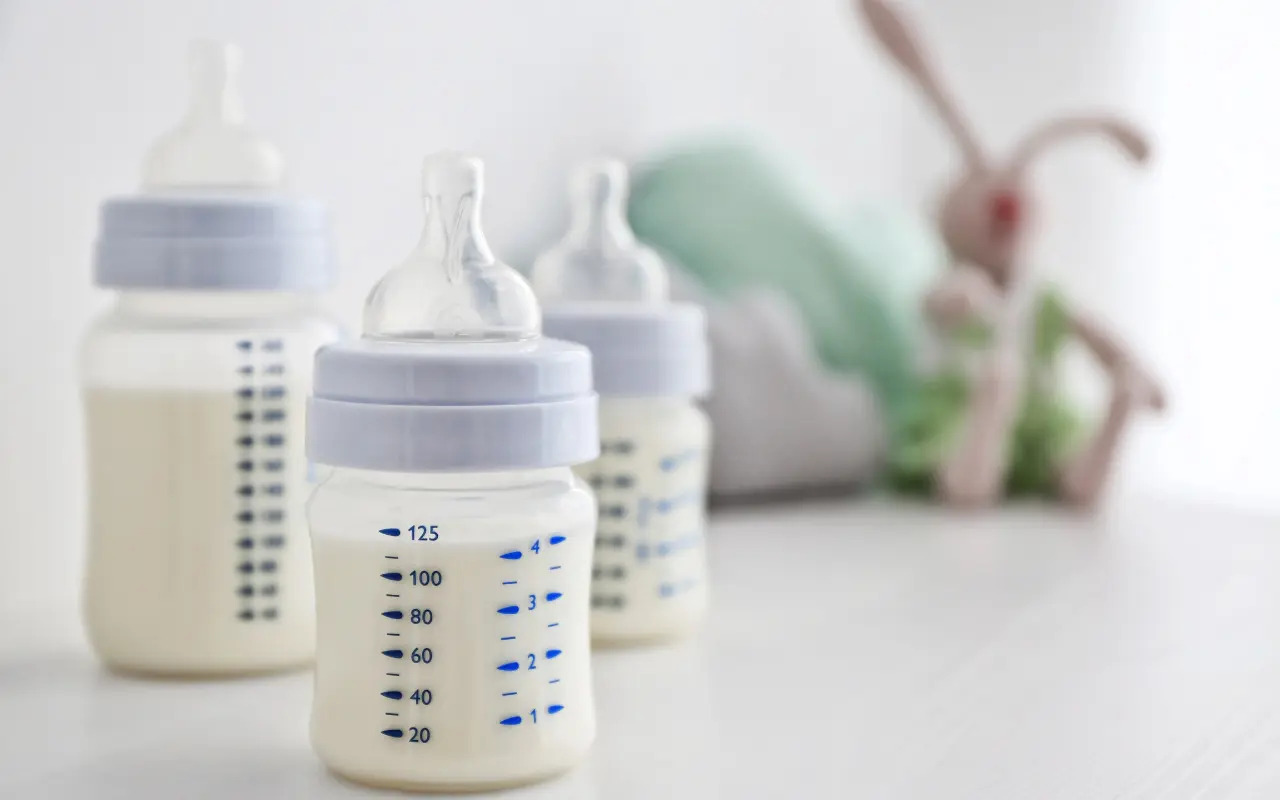
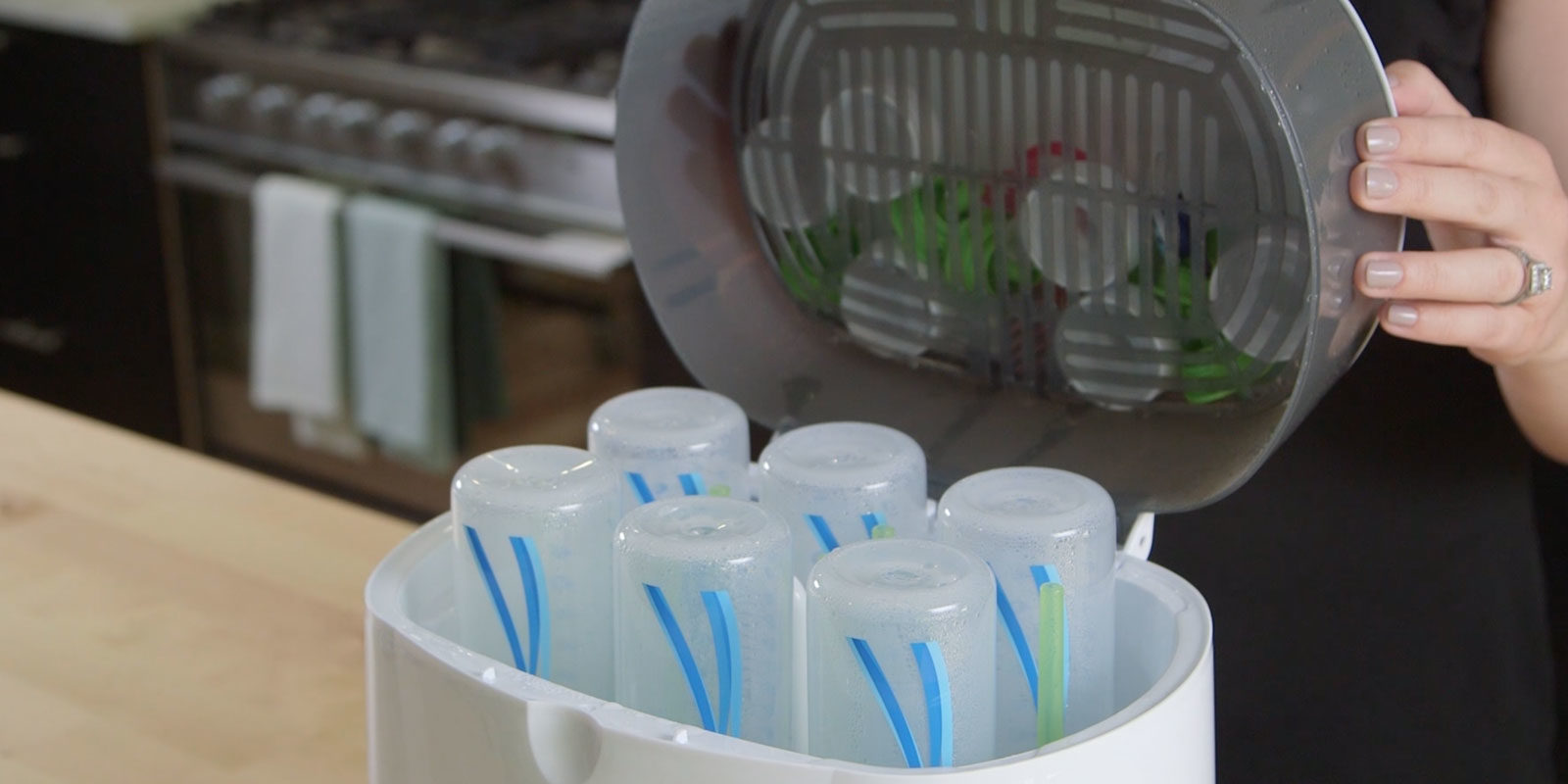
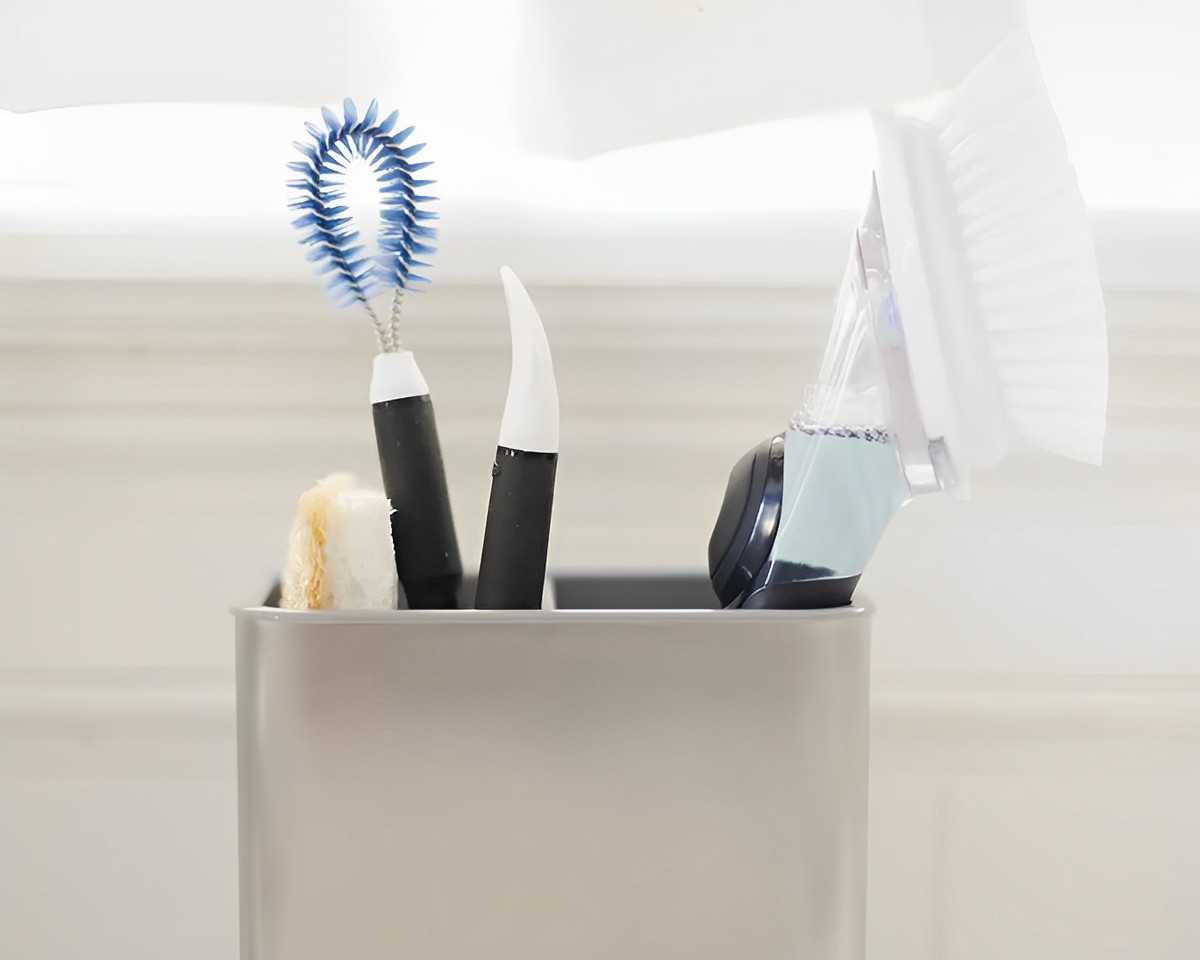
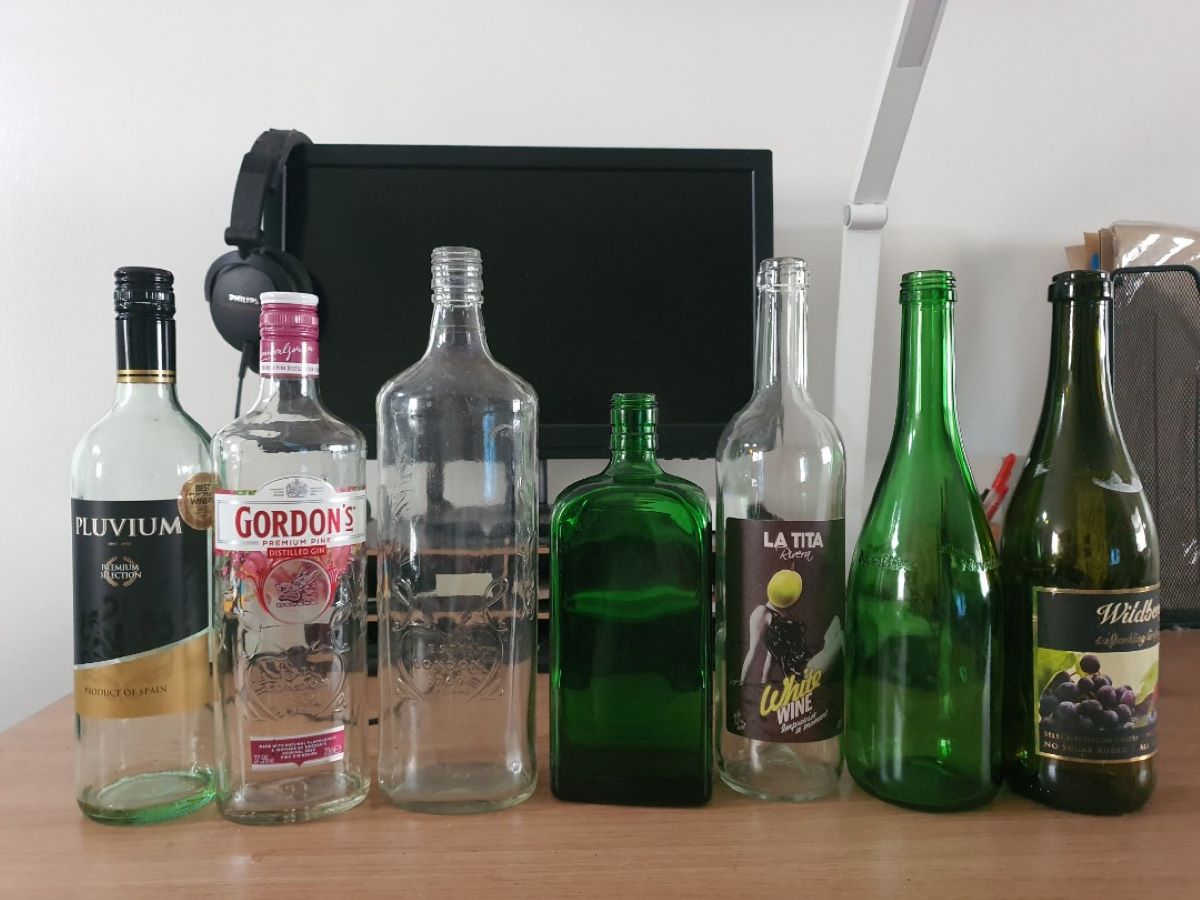
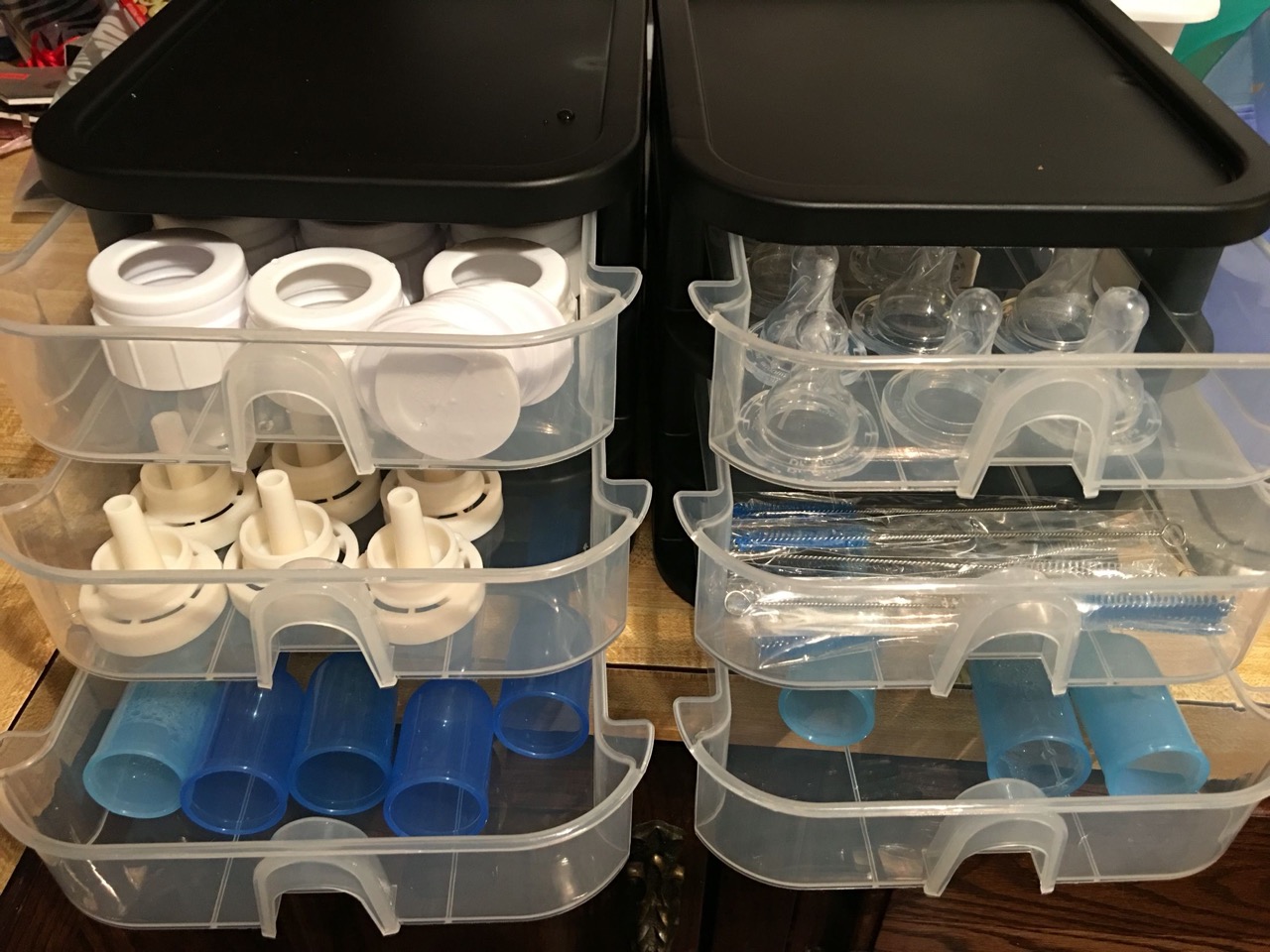
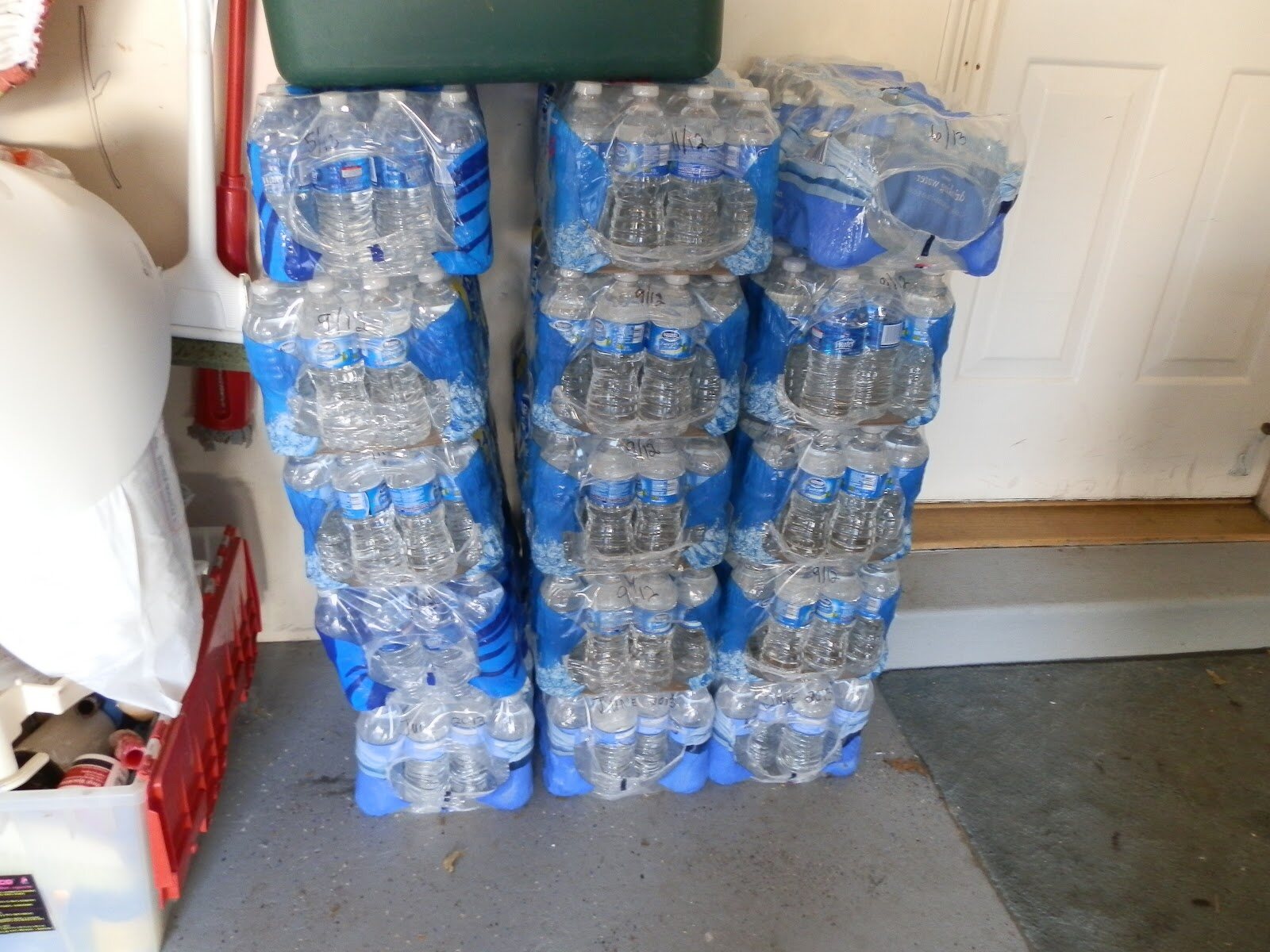
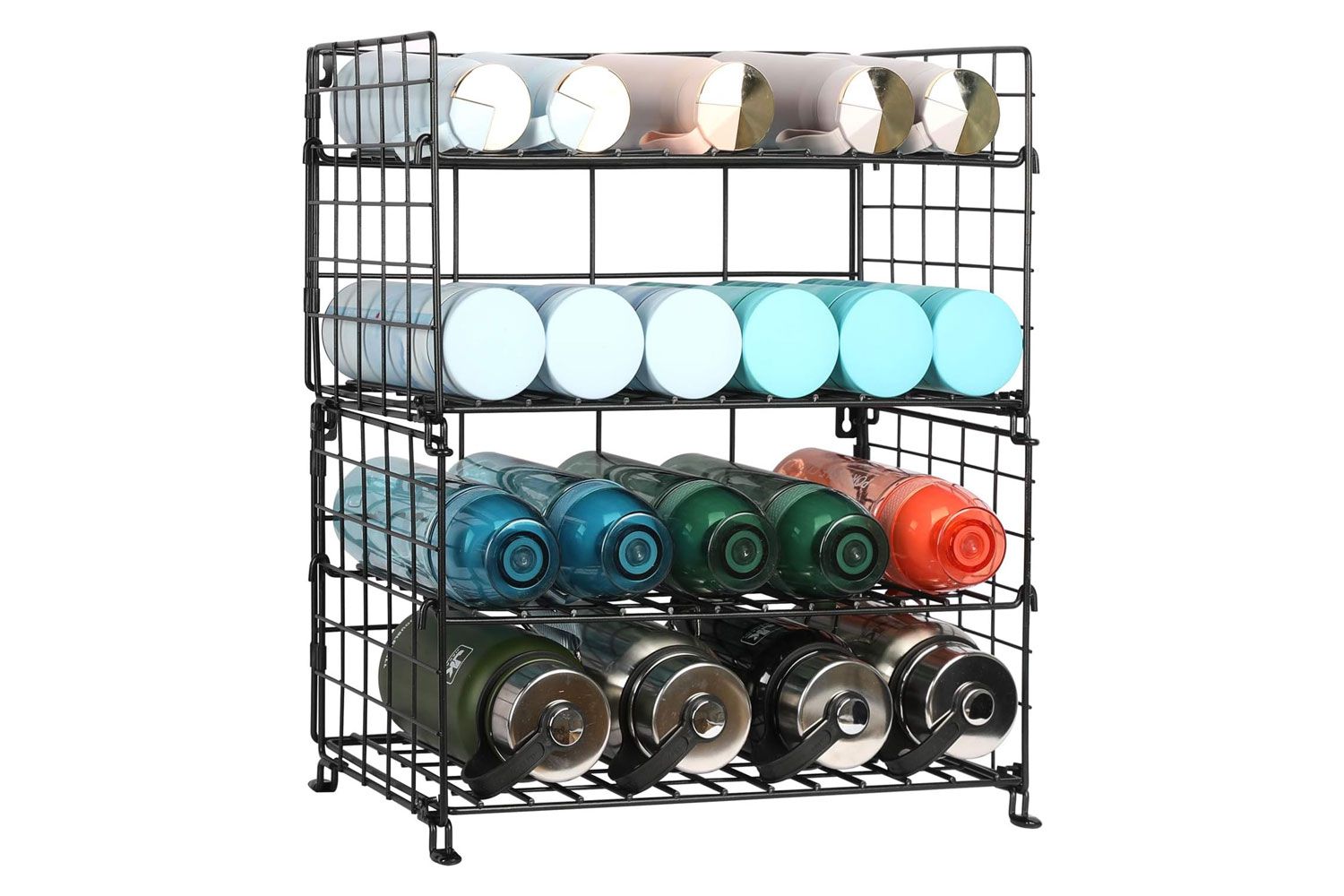
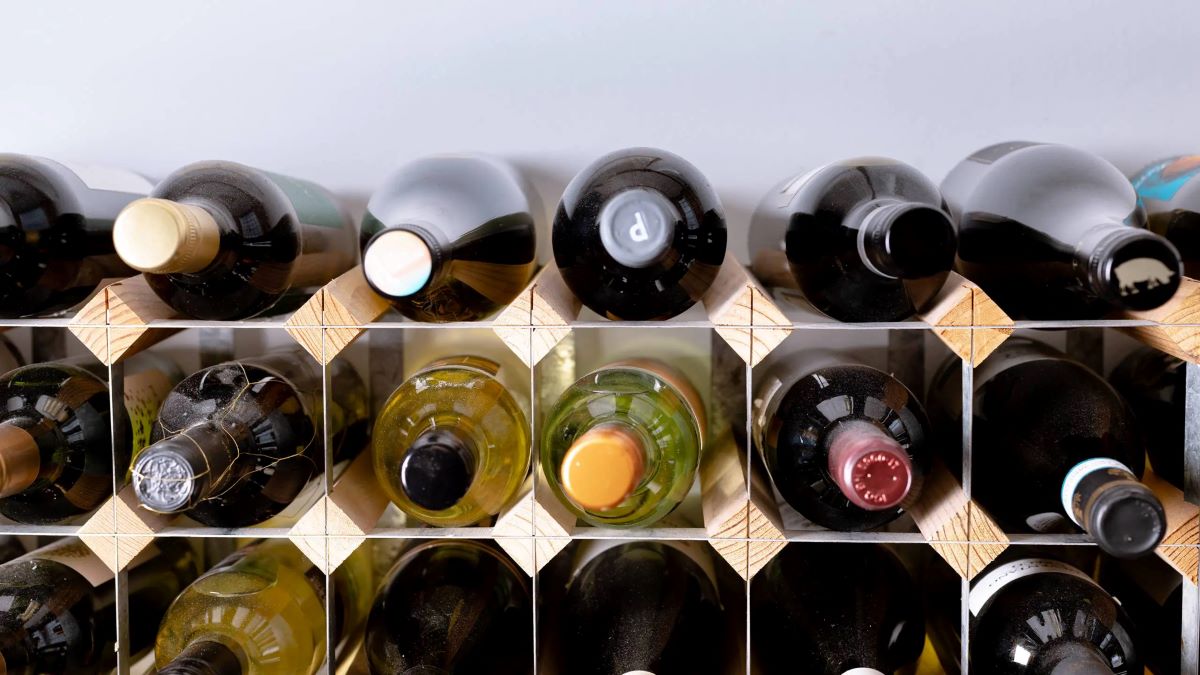
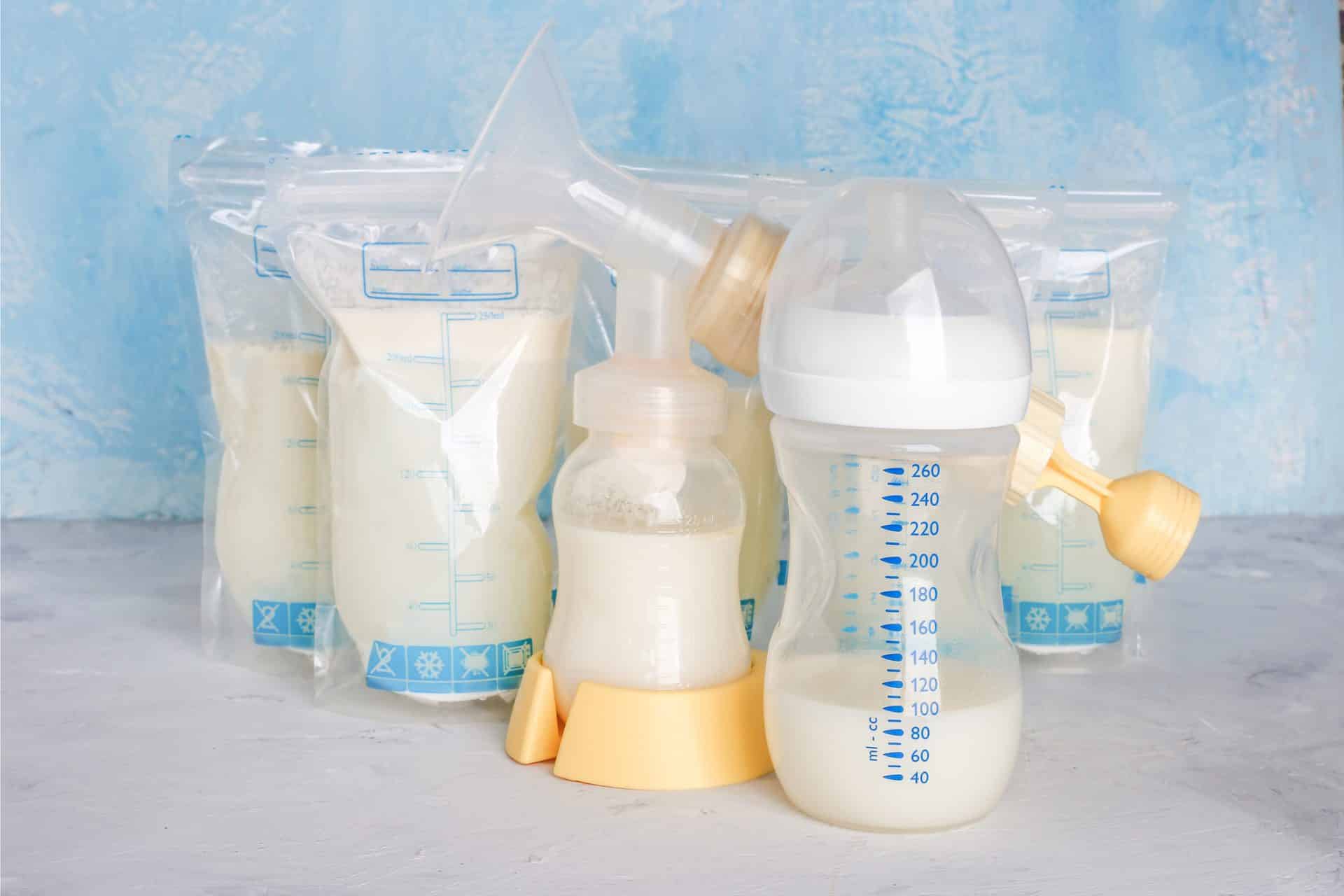

0 thoughts on “How To Store Pill Bottles”